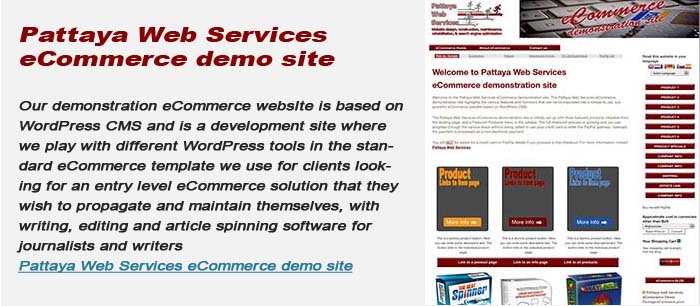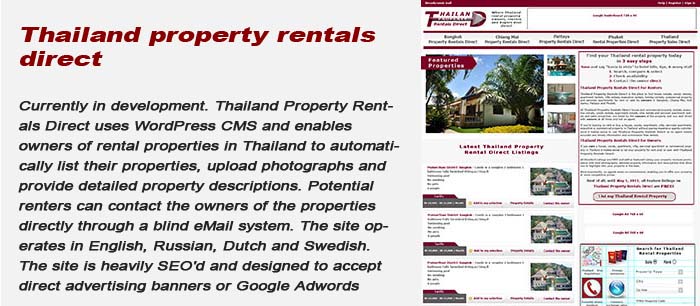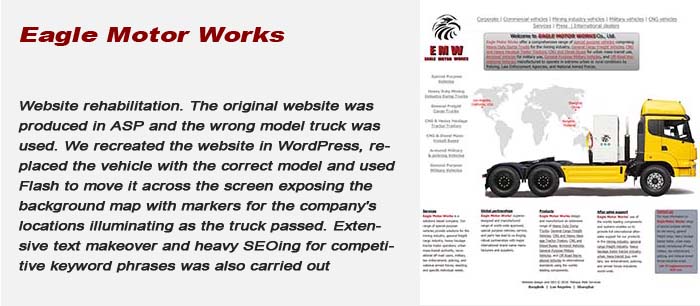
Building a website is much like building a house and follows the four Ps – proper planning prevents poor performance.
In other words get the foundations laid first and have a plan of where your want to finish before coding work commences, or run the risk of wasting money, delays in getting your website live, and possibly having to throw away a lot of work previously done.
A website is a reflection of you and your company and spending time with your website designer discussing your requirements and the features and functions you require is vital if costs are to be minimized and results maximized. The “I want a website… go and build one for me” approach is doomed to failure.
The first step in constructing a website is to register the domain name – the name of your website, eg, http://pattayawebservices.com. To to do that you need to first see if the name you want is available.
Pattaya Web Services use Go Daddy for researching and purchasing domain names, though there are several other domain name registrars you can choose from.
The second thing to sort out is where you will have your domain hosted (where the files comprising your website will live).
Pattaya Web Services uses Bluehost because of their high up-time performance and one-click install of popular content management systems (CMSs) such as WordPress and Joomla, though once again there are plenty of web hosting companies to choose from. One primary requirement is to ensure you are dealing with a Linux hosting provider as opposed to a Windows-based ASP host, as the vast majority of websites are designed to run on a Unix operating system hosting platform.
When purchasing hosting and domain names some people claim it is a more preferred option to buy your domain name from one supplier and purchase your hosting from another, though there is really no sound basis for this. If you obtain the domain name unlock code at the time you purchase the domain name you can renew it with any registrar you wish.
Purchase your domain name yourself – it’s not hard
One thing to ensure is that you purchase the domain name yourself, using your credit card, and not your web design company. This ensures your domain name cannot be stolen by unscrupulous web designers.
The other thing to remember is that .com is the preferred name for companies and businesses. Many internet hosting companies, including Bluehost provide a free domain name with a web hosting contract and while the domain is yours to do with what you want for life (not with all host provided domain names though), Bluehost only register the free domain names it supplies for one year at a time irrespective of the length of the hosting contract.
There are distinct disadvantages (see below) with this from a search engine optimization (SEO) standpoint and it is best to use the free domain name to register the .net version of your website and pay for your primary .com domain yourself.
The reason why we regard these as being the fundamental steps prior to starting construction on the website itself is for aging purposes. Google pays scant attention to new websites and while webmasters can submit new websites to Google for indexing and crawling, a new websites carries little weight in search results for the the first couple of months.
For the same reason we recommend purchasing domain names for a minimum of two years, as well as your hosting. When Google crawls a site the length remaining on the domain registration is information it acquires, with domains registered for short periods of time sending a signal to Google that there is not a strong commitment to the domain name.
While your designer is building your website the time can be used to throw up a holding page, which typically says “XYZ site is under construction” along with some other promotional well thought out text. The affect of this is twofold – it serves to “age” your domain, and a holding page such as this is a great way to flash onto Google’s radar for the keywords you intend to use in your website.
In the next installment we will look at the design and functionality essentials that need to be considered and discussed with your website designer before work begins.








